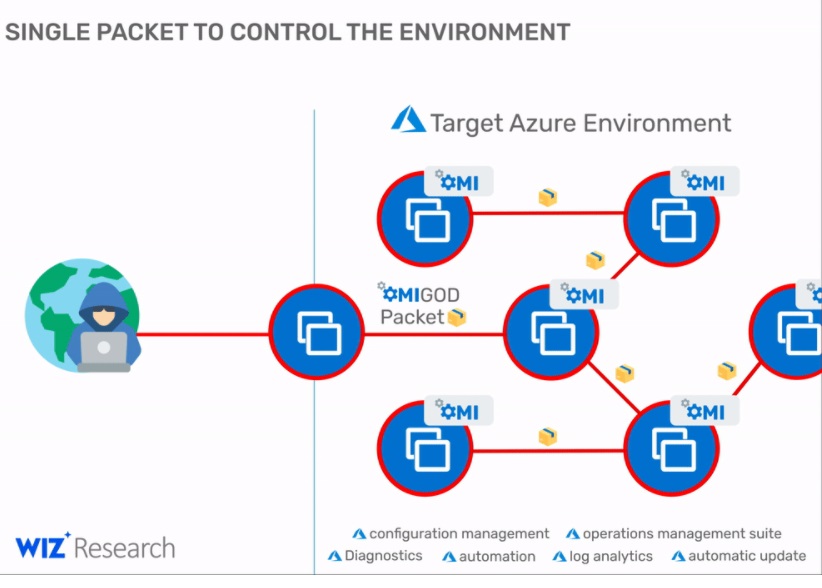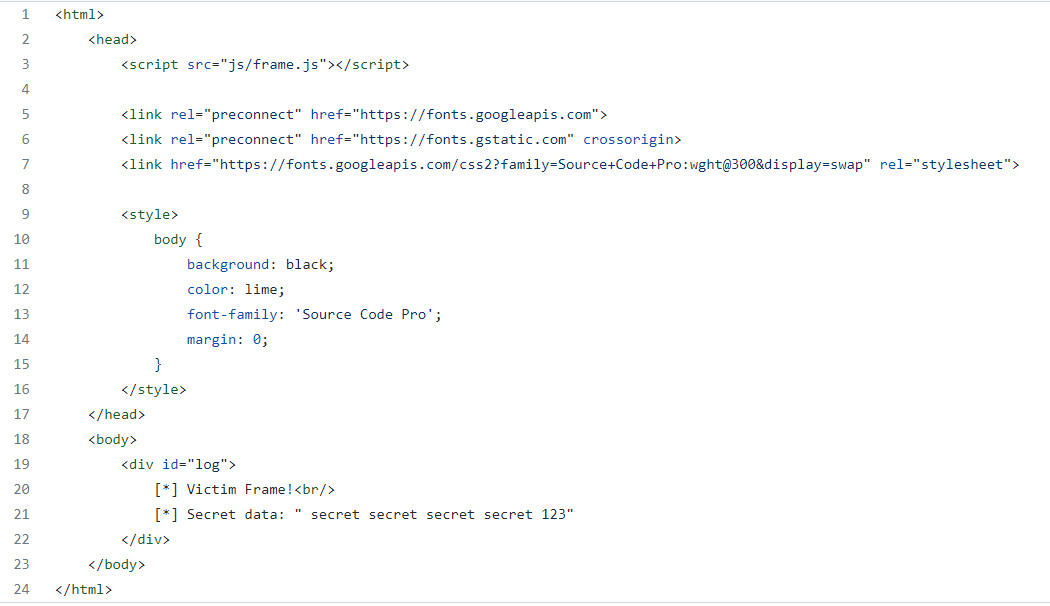Microsoft is continuing to develop solutions against the malware attack on its Office365 and Azure products. The malicious actor they coined FoggyWeb, is built on the NOBELUM codebase to create malicious sets of code that can draw from significant operational resources, including custom-built malware and tools, to attack systems and obtain credentials. The code creates a backdoor to Microsoft security and and employs multiple tactics including attaching to multiple DLL's. Once compromised an attacker pursues credential theft with the objective of gaining admin-level access to Active Directory Federation Services (AD FS) servers.
Once NOBELIUM obtains credentials and successfully compromises a server, the actor relies on that access to maintain persistence and deepen its infiltration using sophisticated malware and tools using FoggyWeb to remotely exfiltrate the configuration database of compromised AD FS servers, decrypted token-signing certificate and token-decryption certificates, as well as downloading and executing additional components.
Microsoft recommends that if you think you are compromised you should immediately:
- Audit your on-premises and cloud infrastructure, including configuration, per-user and per-app settings, forwarding rules, and other changes the actor might have made to maintain their access
- Remove user and app access, review configurations for each, and re-issue new, strong credentials following documented industry best practices.
- Use a hardware security module (HSM) as described in securing AD FS servers to prevent the exfiltration of secrets by FoggyWeb.
We think you should do this anyway to be on the safe side.
Microsoft has implemented checks and balances into their security defender products and we recommend that you use these rather than third party applications from third party virus vendors. These vulnerabilities are not yet well understood by the third party vendors who are lagging behind Microsoft fixes and investigations.
Technical analysis Courtesy: Ramin Nafisi - Microsoft Threat Intelligence Center can be read here: https://www.microsoft.com/security/blog/2021/09/27/foggyweb-targeted-nobelium-malware-leads-to-persistent-backdoor/
Indicators of compromise (IOCs) For IT professionals you can test for compromise by checking the indicators below:
| Type | Threat Name | Threat Type | Indicator |
|---|---|---|---|
| MD5 | FoggyWeb | Loader | 5d5a1b4fafaf0451151d552d8eeb73ec |
| SHA-1 | FoggyWeb | Loader | c896ece073dd01191cbc1d462bc2f47161828a83 |
| SHA-256 | FoggyWeb | Loader | 231b5517b583de102cde59630c3bf938155d17037162f663874e4662af2481b1 |
| MD5 | FoggyWeb | Backdoor (encrypted) | 9ff9401315d0f7258a9fcde0cfdef02b |
| SHA-1 | FoggyWeb | Backdoor (encrypted) | 4597431f26424cb814c917168fa8d74d01ab7cd1 |
| SHA-256 | FoggyWeb | Backdoor (encrypted) | da0be762bb785085d36aec80ef1697e25fb15414514768b3bcaf798dd9c9b169 |
| MD5 | FoggyWeb | Backdoor (encrypted) | e9671d294ce41fe6dbb9637dc0157a88 |
| SHA-1 | FoggyWeb | Backdoor (encrypted) | 85cfeccbb48fd9f498d24711c66e458e0a80cc90 |
| SHA-256 | FoggyWeb | Backdoor (encrypted) | 568392bd815de9b677788addfc4fa4b0a5847464b9208d2093a8623bbecd81e6 |
Mitigations
While Microsoft continues to work on solutions and monitor the threat, the following actions are recommended:
Customers should review their AD FS Server configuration and implement changes to secure these systems from attacks - https://docs.microsoft.com/windows-server/identity/ad-fs/deployment/best-practices-securing-ad-fs
We strongly recommend for organizations to harden and secure AD FS deployments through the following best practices:
Ensure only Active Directory Admins and AD FS Admins have admin rights to the AD FS system.
- Reduce local Administrators’ group membership on all AD FS servers.
- Require all cloud admins to use multi-factor authentication (MFA).
- Ensure minimal administration capability via agents.
- Limit on-network access via host firewall.
- Ensure AD FS Admins use Admin Workstations to protect their credentials.
- Place AD FS server computer objects in a top-level OU that doesn’t also host other servers.
- Ensure that all GPOs that apply to AD FS servers apply only to them and not to any other servers. This limits potential privilege escalation through GPO modification.
- Ensure that the installed certificates are protected against theft. Don’t store these on a share on the network and set a calendar reminder to ensure they get renewed before expiring (expired certificate breaks federation auth). Additionally, we recommend protecting signing keys or certificates in a hardware security module (HSM) attached to AD FS.
- Set logging to the highest level and send the AD FS (and security) logs to a SIEM to correlate with AD authentication as well as Azure AD (or similar).
- Remove unnecessary protocols and Windows features.
- Use a long (>25 characters) and complex password for the AD FS service account. We recommend using a Group Managed Service Account (gMSA) as the service account, as it removes the need for managing the service account password over time by managing it automatically.
- Update to the latest AD FS version for security and logging improvements (as always, test first).
- When federated with Azure AD follow the best practices for securing and monitoring the AD FS trust with Azure AD.




